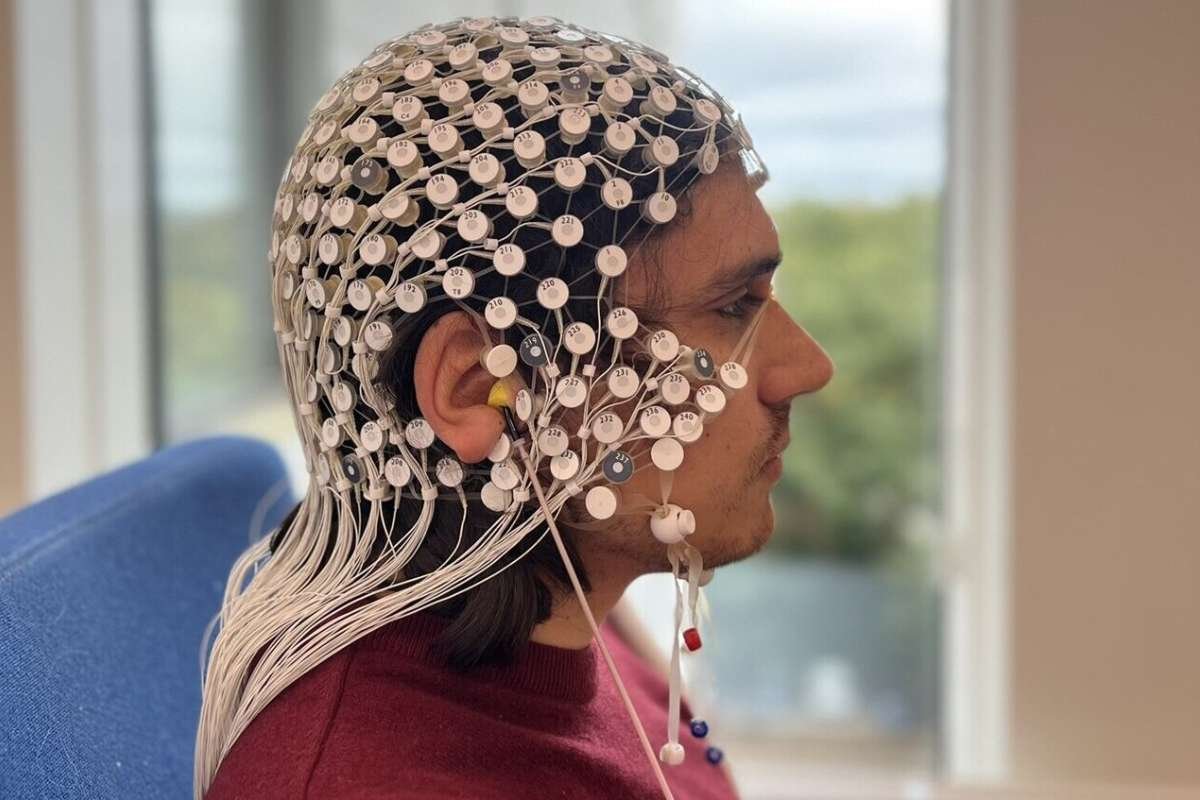The only constant changes hold true across all fields. That change is the only thing that stays the same. Likewise, this applies to the field of vision research and to the maintenance of the eyes.
Innovations in Eye Care are coming to the way that ophthalmologists conduct their work, treat their patients, and run their practices. Furthermore, they will need to adjust to new developments in healthcare, scientific knowledge, and the economy.
The bright future of optometry is predicated on the increasing need for ophthalmologists and optometrists in the following decade. The field of ophthalmology is likely to develop in accordance with a few emerging tendencies. The influence of AI and other technologies will be felt widely.
In this post, we’ll discuss several emerging practices in eye care (Innovations in Eye Care) that we believe will have a significant impact in the near future.
Here are the Top 10 Innovations in Eye Care;
1. Advances in Machine Learning and AI
Current and upcoming AI trends indicate increased interest in the field of eye disease screening, diagnosis, and treatment. Artificial intelligence (AI)-based devices are now FDA-approved for use in screening for and diagnosing diabetic retinopathy by analyzing retinal camera pictures to determine whether a patient has a problem and needs treatment.
Artificial intelligence is very good at recognizing photos, and its algorithms may learn to distinguish between normal and aberrant ones. Advances in Machine Learning and AI bring many useful Innovations in Eye Care.

A problem like macular degeneration may have an early warning sign that might be picked up by AI-based software. The software is being developed specifically for the purpose of assessing images and quickly returning results.
The device may be able to aid physicians’ early identification of macular degeneration and its treatment. AI also might possibly allow ophthalmologists to map and track the course of a person’s condition. Computer systems can swiftly analyze many eye scans and massive quantities of information.
2. Bionic Eye Implants
Researchers and scientists have been researching creative Innovations in Eye Care to restore vision. Bionic eyes, or bionic eye implants, are one such endeavor – and one of the disruptive technologies we will get to experience. What cochlear implants have become for hearing problems, bionic eye implants are for visual ones.
Bionic eyes function in the existing eye structures or in the brain. They comprise the cornea, pupil, lens, retina, iris, and optical nerve. The light that is either emitted or reflected from any object enters the human eye and interacts with these components to generate a picture.
The brain perceives the picture and interprets it as an erect image of the same size as that of the item. Instead of focusing on the outward appearance, the designers of bionic eyes set out to improve users’ ability to see. This sets them apart from artificial eyes and prosthetics.
3. Artificial Corneal Replacement
The future of vision correction may lie in synthetic (artificial) cornea implants for the blind. An optical component will be linked to a biocompatible material mimicking the human extracellular matrix. This substance merges with the surrounding natural tissues, providing both physical structure and biological signals.
A cornea transplant is Innovation in Eye Care which is most often used to restore vision to a person with a damaged cornea. As of right now, cornea transplants are an option for those with corneal diseases or injuries. However, there is a severe cornea scarcity, so having a synthetic alternative is great news.
4. Adoption of Robotic Surgical Assistants
Robotic surgery has altered the face of several subspecialties of medicine. Compared to traditional surgeries, robot-assisted ones have several advantages. The incorporation into ophthalmology is a major step forward, and these Innovations in Eye Care will continue to grow in popularity in the coming years.
It is possible that robotic surgical assistants may become more common in operations to enhance operating accuracy, range of motion, dexterity in tight places, and tremor filtering. Furthermore, these robots will have the ability to use many tools simultaneously.
5. Sustainable eyewear
The fashion industry is always on the lookout for new trends & Innovations in Eye Care, and right now, sustainability is at the forefront of their minds. Wood, cork, bio-acetate, and other recycled materials are among the many eco-friendly materials that many manufacturers are eager to use to lessen their negative impact on the environment.

At Glasses Direct, we offer a chic selection of repurposed fishing nets turned into eyewear under the brand name Waterhaul. Our sustainable Arden frame range is second to none. One Tree Planted is a non-profit organization dedicated to global forestry, and for every frame sold, they will plant a tree. These sophisticated patterns are exquisitely made by hand using sustainable and recyclable resources.
6. Modifying the Use of Spectacles for Myopia Management
If children with myopia don’t have their refractive defect corrected, it may threaten their eyesight and overall health. Due to the fact that children’s eyes continue to develop into adulthood, myopia may cause a child’s eyesight to deteriorate over time.
Myopic macular degeneration, glaucoma, cataracts, and retinal tears are all possible complications of untreated myopia in later life.
Although various methods and Innovations in Eye Care exist for halting the growth of myopia, researchers are always on the lookout for more effective treatments. Eye drops, contact lenses, or glasses might be prescribed for a child. The SightGlass, a new form of lens developed to slow the development of myopia, will soon be available to patients.
SightGlass is a novel method for preventing and treating myopia in young people. These glasses’ lenses are covered with tiny micro-dots that assist diffuse light and lessen the impact of shadows on the retina.
7. The Expansion of Single-Use Contacts
Technology, settings, and lens materials used in contact lenses are always being refined and improved. The current Innovations in Eye Care towards single-use contact lenses. Daily disposable contact lenses, often known as single-use or disposable lenses, are a kind of soft contact lens that may be thrown away after each day of usage.
Alcon has released a new kind of daily disposable lens designed specifically for people with astigmatism called Precision1 for Astigmatism. These contact lenses are made with a moisture-retaining design to keep your eyes feeling fresh and healthy all day long.
Similarly, Bausch + Lomb’s Infuse one-day contact lenses have been approved by the Food and Drug Administration as a safe and effective daily disposable option. These silicone hydrogel lenses are effective in treating astigmatism while also maintaining the wearer’s ocular comfort. These Innovations in Eye Care
8. An Uptick in Eye Surgeries
As a result of the widespread COVID-19 epidemic, many individuals who needed routine eye operations or other procedures went without. Increases in the number of patients undergoing refractive surgery and other eye operations are to be anticipated when COVID limitations loosen or are eliminated in an increasing number of locations.
Refractive surgery, which lets individuals see well without glasses, is nevertheless considered a cosmetic practice. During the epidemic’s early phases, surgical consultations were much lower than usual, but that trend should soon reverse. From 2019’s projected $6.5 billion market, experts predict a $10.3 billion opportunity in 2025 for refractive surgery.
9. The Changing Face of Eye Care
You could assume that all the questions concerning eyes have been answered, yet science moves forward all the time. Every year brings with it cutting-edge innovations in medicine, science, and technology.
Keeping abreast with the latest Innovations in the Eye Care sector is essential. Scheduling regular eye examinations are the greatest method to ensure good vision. Your eye doctor will be able to check the health of your eyes and provide you with any new information on your eyesight and eye care.
10. Virtual care.

Customers may now get instantaneous results from online eye tests and prescriptions. The benefits of virtual care were highlighted during COVID-19, and it’s probable that this trend will continue. A company’s ability to capitalize on the trend toward virtual care will help it weather cultural shifts.
Also Read: 12 New Treatments in Eye Care






.jpg)
